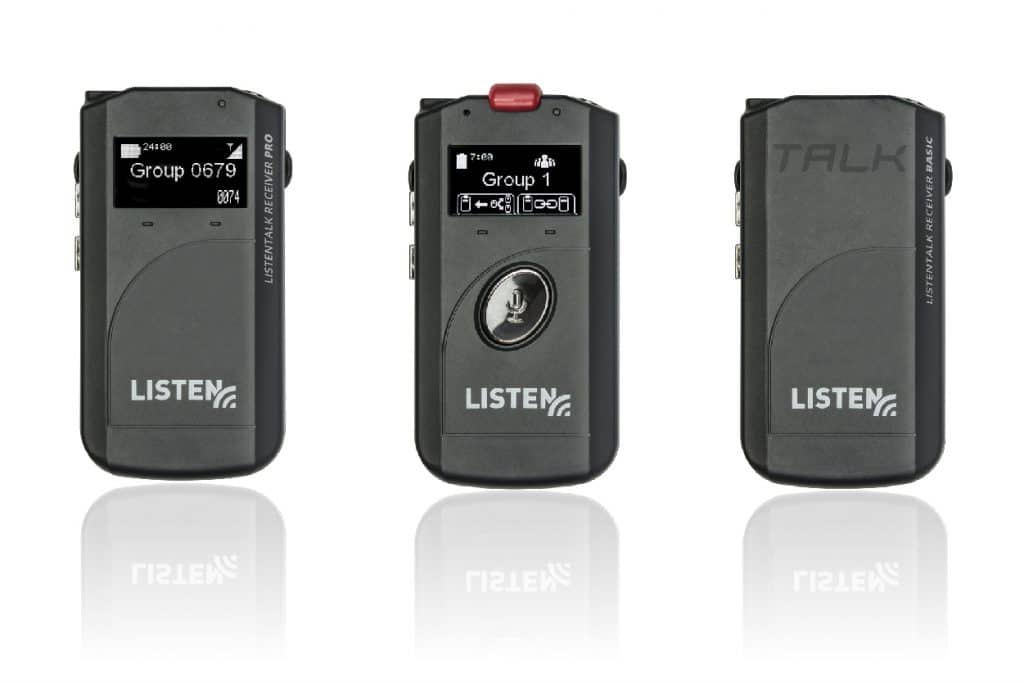- Loading…
When I wrote my first audio tour, I thought my words sounded clear and compelling on the page. But when I heard the finished production, I felt like an amateur. The tour sounded stiff, confusing, and frankly, boring.
That’s because I’d forgotten what I was writing: not an essay, but a script for professional voice talents to read into a microphone. The words had to come alive and be meaningful to visitors who would hear them for the first time.
To succeed as an audio tour writer, I needed a completely new writing process. I had to stop writing for the eye and learn how to write for the ear.
STOP LOOKING, START LISTENING
Soon afterward, I was lucky enough to interview Oxford professor Martin Kemp, an internationally known authority on Leonardo da Vinci and the relationship between science and art. I read up on his published works before and during the interview. I thought he spoke in the same erudite style — but when I read the transcript, I realized he was breaking every rule of formal writing. He spoke in sentence fragments and run-on sentences. He cracked jokes, used colloquial terms, even — horrors! — employed the verb “to be” far too often for any self-respecting prose stylist!
None of that mattered. When visitors heard Kemp, he sounded not just eloquent but delighted and excited to welcome them into his world. He explained Leonardo’s notebooks in clear, straightforward language, creating an immediate bond with anyone who has ever wondered why Leonardo drew anatomical illustrations on the same page as studies for his paintings, experimental plans, even shopping lists.
FROM SILENCE TO SOUND
You can try the same experiment yourself with an audio tour script. Read this script from a tour heard aboard the St. Kitts Scenic Railway:
You can see at a glance that you’re not reading a novel or press release. For one thing, the script includes odd-looking notations and numbers (for a producer’s reference in the studio). Also, if you scan the spoken text silently, the language looks surprisingly plain and simple. It also leaves out many names, dates, and other facts that readers might expect to see.
Now hear the produced audio:
Chances are you’ll hear why the writer chose words that anyone can understand and left out facts that aren’t crucial. A tour is a story told in real time, one that aims to build a human connection between visitors and the site. That’s why Martin Kemp and other good storytellers couch their stories in the context of a first-time listener’s experience. Visitors to your site may be silent, but a storytelling audio tour still includes them in the conversation!
WRITING FOR THE EAR
A few tips for writing in a strong oral style:
Finally, swallow your pride: ask someone to read your script to you out loud. It’s hard to see problems on the page — but you’ll hear them instantly!
What’s Your Next Story?
Want more info on how to create the perfect audio tour script? Talk to Us. Or read more in our Writing for Audio Tours blog series and download our FREE Storytelling for Tours eBook.

We would love to deliver valuable insights right to your inbox once a month.

We would love to answer your questions, provide you with a detailed quote, or send you more information.
14912 Heritage Crest Way
Bluffdale, Utah
84065-4818 USA
Phone: +1.801.233.8992
Toll-Free: 1.800.330.0891
Office Hours
8:00 am – 5:00 pm MT
Monday – Friday
First, select the calculator type, USA (for Americans with Disabilities Act - ADA), California (for California Building Code), or Australia (for Australia's Disability Discrimination Act 1992). Enter the seating capacity and the number of minimum assistive listening devices required and the minimum number of neck loops will automatically populate based on the calculator type selected.